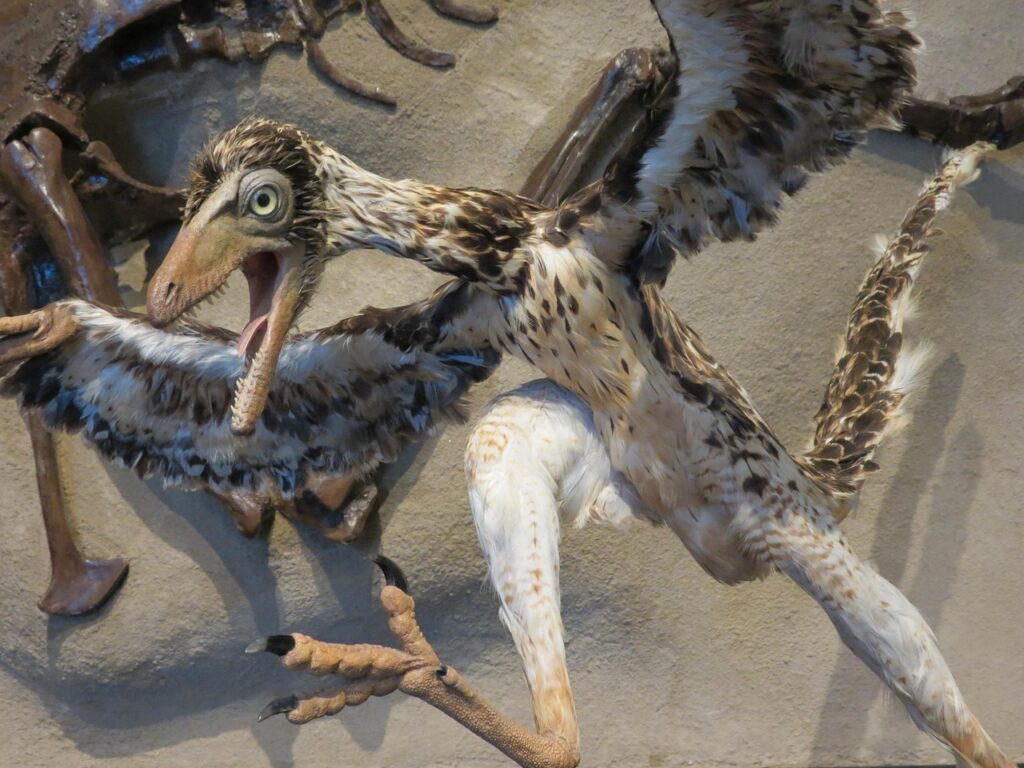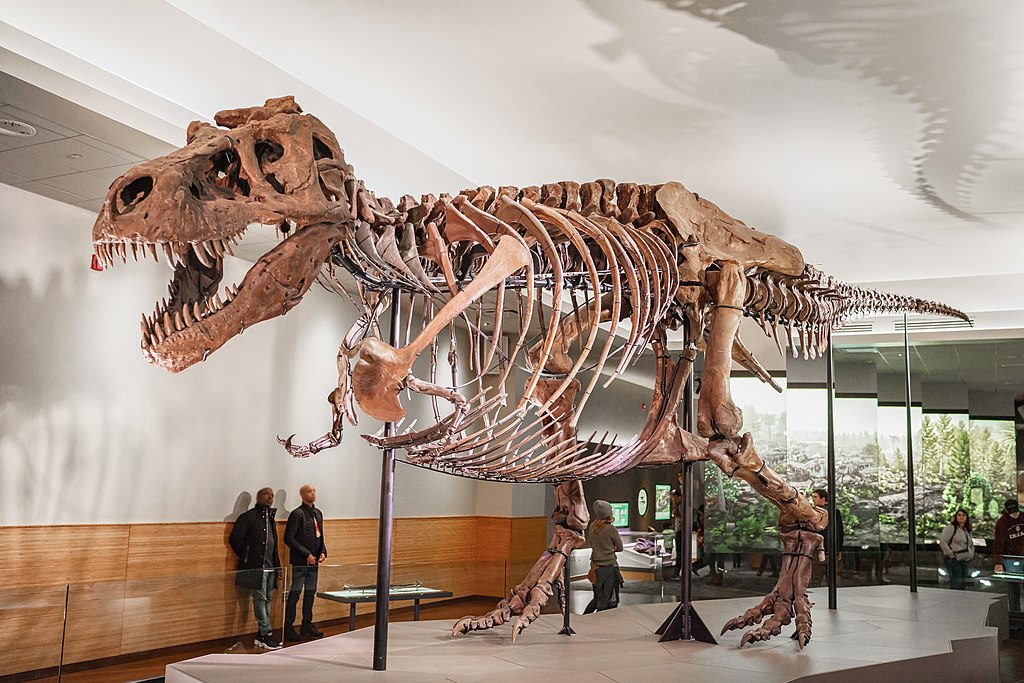When it comes to paleontological discoveries, sometimes the smallest fossils yield the most significant insights. In 2012, a single tooth found in Japan revolutionized our understanding of raptor dinosaurs, challenging long-held assumptions about their evolution and geographic distribution. This tiny fossilized tooth, measuring just a few millimeters in length, provided evidence that would rewrite scientific textbooks and expand our knowledge of these fascinating prehistoric predators. The discovery highlights how even fragmentary remains can dramatically alter scientific consensus when examined with cutting-edge techniques and interpreted within the broader context of evolutionary history.
The Remarkable Japanese Discovery
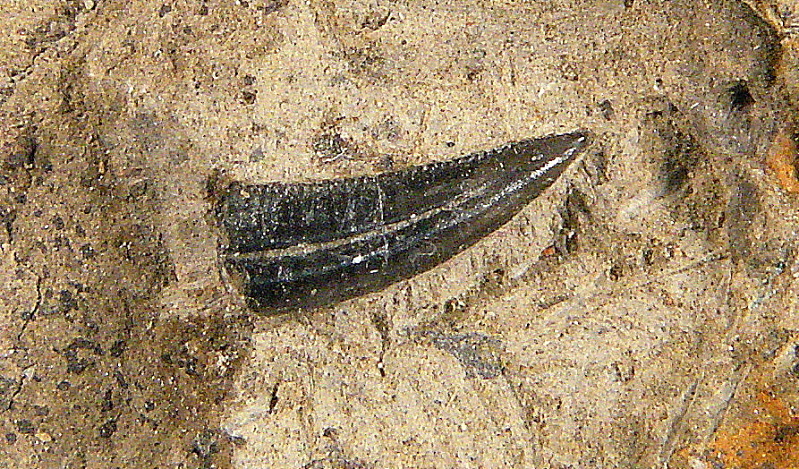
In the Hakusan City region of Japan, paleontologists made an extraordinary find while examining sedimentary rock dating back to the Early Cretaceous period, approximately 120 million years ago. The discovery consisted of a single serrated tooth with distinctive characteristics that immediately caught researchers’ attention. Though measuring only 10 millimeters (less than half an inch) in length, the tooth exhibited the unmistakable curved shape and fine serrations typical of dromaeosaurid dinosaurs—the group commonly known as “raptors.” The microstructure and enamel patterns of the tooth were remarkably well-preserved, allowing scientists to conduct detailed analyses that would prove revolutionary. This seemingly modest find would ultimately challenge the prevailing narrative about raptor evolution and geographic distribution that had dominated paleontological thinking for decades.
What Makes a Raptor Tooth Distinctive
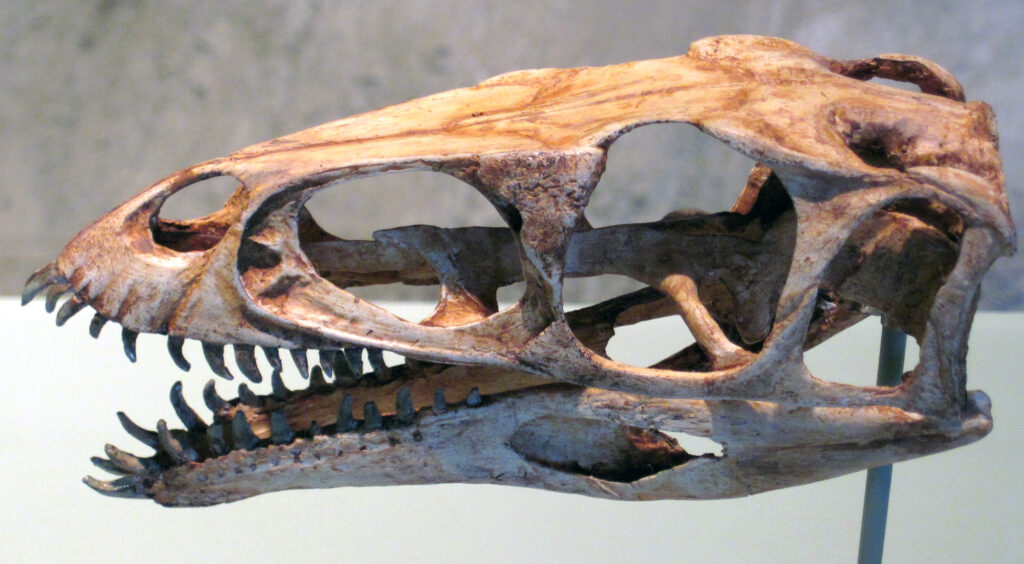
Raptor teeth possess several specialized features that make them readily identifiable to paleontologists, even as isolated specimens. Unlike the cone-shaped teeth of many predatory dinosaurs, raptor teeth are laterally compressed with a distinctive curved profile resembling a backward-facing comma. Their most notable characteristic is the presence of fine serrations along both the front and back edges, functioning like microscopic sawblades for slicing through flesh. The dentin and enamel layers in raptor teeth are arranged in patterns that optimize strength while maintaining sharpness. Under microscopic examination, these teeth reveal growth lines and wear patterns that provide insights into the animal’s diet and feeding behaviors. The Japanese tooth specimen displayed all these classic raptor characteristics but with subtle variations that would prove scientifically significant.
The Unexpected Age Factor

When researchers dated the sedimentary layers containing the Japanese tooth, they made a startling discovery that immediately raised eyebrows in the paleontological community. The tooth was approximately 120 million years old, placing it in the Early Cretaceous period, significantly earlier than many previously known raptor fossils from Asia. This age pushed back the timeline for the presence of certain raptor lineages in Asia by several million years, suggesting these animals had evolved earlier than scientists had presumed. The dating also placed the specimen at a crucial evolutionary junction, during a period when different raptor lineages were diversifying and spreading across the ancient continents. This chronological placement made the tooth particularly valuable for understanding the broader patterns of raptor evolution and migration during a pivotal time in dinosaur history.
DNA Analysis Techniques Applied to Ancient Remains

Though extracting DNA from 120-million-year-old specimens remains impossible with current technology, researchers applied advanced molecular analysis techniques to the fossilized tooth,h that has revolutionized paleontological research. Using protein sequencing methods, scientists identified traces of preserved proteins within the tooth’s microstructure that could be compared with the biochemical profiles of other dinosaur specimens. Scanning electron microscopy revealed cellular-level details in the fossilized dental tissues that provided further clues about the animal’s biological relationships. Researchers also employed isotope analysis to understand the environmental conditions and dietary patterns of the dinosaur. These cutting-edge analytical approaches allowed scientists to extract an astonishing amount of information from the single tooth, demonstrating how modern technology can unlock secrets from even the most fragmentary ancient remains.
Challenging the North American Origin Theory
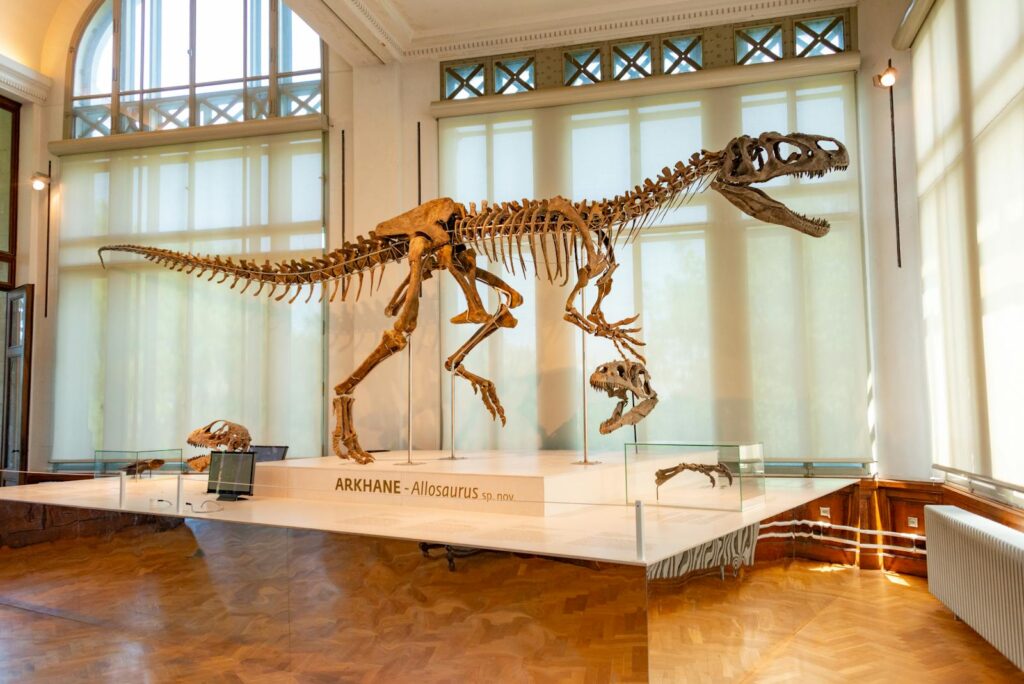
Before the Japanese tooth discovery, the prevailing scientific consensus held that advanced dromaeosaurids—the raptor family including Velociraptor and Deinonychus—had evolved primarily in North America before spreading to Asia and elsewhere. This theory was based on the concentration of early raptor fossils found in North American formations and the apparent chronological progression of raptor evolution observed in the fossil record there. The Japanese tooth, however, exhibited characteristics of advanced dromaeosaurids at a time when such features supposedly hadn’t yet evolved in Asia. This single specimen thus challenged the directionality of raptor evolution and migration that had been accepted for decades. The tooth suggested either parallel evolution of similar features on different continents or that the movement of raptor species between continents was more complex and bidirectional than previously thought.
Rethinking Pangaean Dinosaur Distribution

The implications of the Japanese tooth discovery extended beyond raptor evolution to broader questions about dinosaur distribution during the breakup of the supercontinent Pangaea. During the Early Cretaceous, the ancient landmasses were still in the process of separating, creating complex patterns of isolation and connection that influenced dinosaur evolution. The tooth suggested that certain raptor lineages had already spread across multiple continents before these landmasses completely separated, implying greater mobility and adaptability than previously recognized. This finding forced paleontologists to reconsider the timing and pathways of dinosaur migrations across the fragmenting supercontinent. Land bridges and island-hopping routes that might have facilitated these movements became subjects of renewed research interest, as scientists sought to explain how raptors achieved their remarkably wide geographic distribution, evidenced by this single tooth.
Technological Innovations in Fossil Analysis
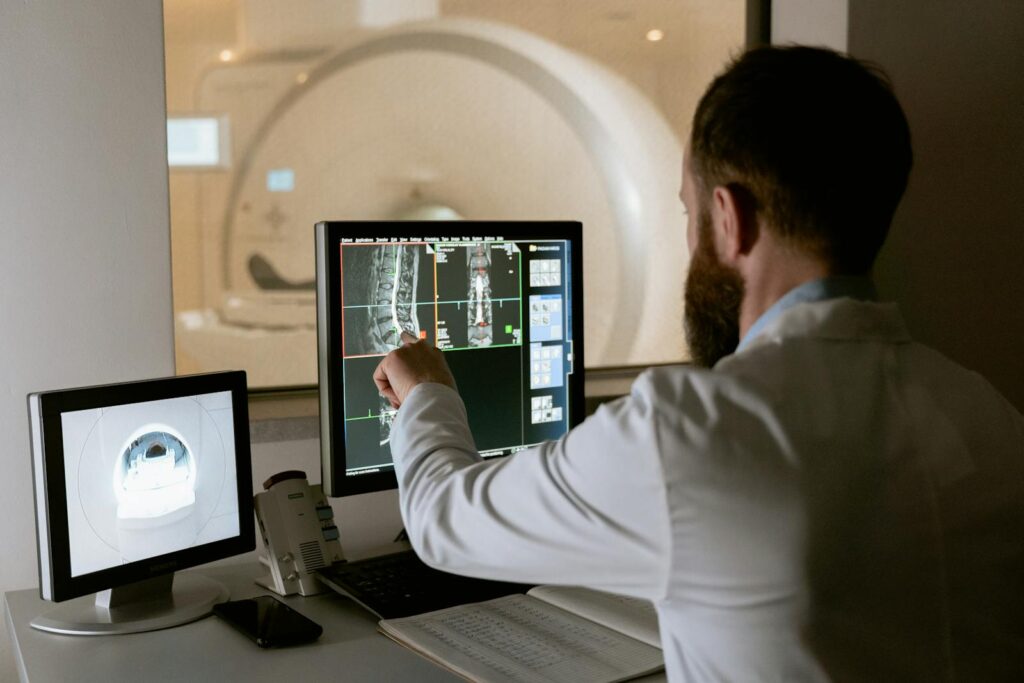
The revelatory insights gained from the Japanese raptor tooth would have been impossible without recent technological advances in paleontological analysis. High-resolution CT scanning allowed researchers to create detailed three-dimensional models of the tooth’s internal structure without damaging the precious specimen. These scans revealed growth patterns and microstructures invisible to the naked eye or conventional microscopy. Advanced comparative algorithms enabled researchers to match these microstructural patterns against databases containing thousands of other dinosaur teeth, identifying subtle similarities and differences that placed the specimen within the evolutionary tree. Specialized chemical analysis techniques detected trace minerals and isotope ratios that provided clues about the animal’s diet and habitat. Together, these technological innovations transformed what might have been an interesting but minor find into a discovery of profound scientific significance, demonstrating the impact of technology on modern paleontological research.
The Asian Raptor Diversity Revelation
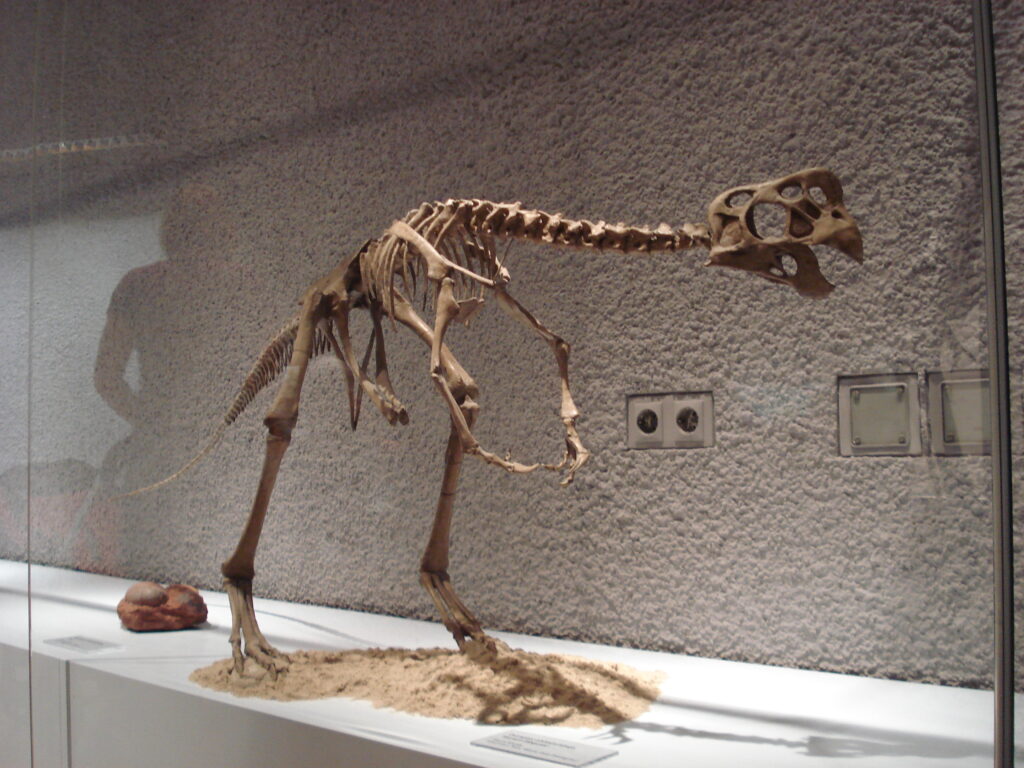
The Japanese tooth discovery contributed to a growing body of evidence suggesting that Asia served as a major center of raptor evolution and diversification. The distinctive features of the tooth indicated it belonged to a previously unknown lineage of Asian raptors, expanding the known diversity of these animals during the Early Cretaceous period. When integrated with other Asian raptor discoveries from China, Mongolia, and Korea, the Japanese specimen helped reveal a complex ecosystem of diverse raptor species occupying various ecological niches across the continent. This diversity challenged the notion that raptor evolution had followed a simple, linear path and instead suggested a complex branching pattern with multiple centers of evolutionary innovation. The realization that Asia hosted such diverse raptor populations during this crucial evolutionary period dramatically altered scientific perspectives on how and where these iconic dinosaurs developed their distinctive adaptations.
Convergent Evolution Versus Common Ancestry

One of the most fascinating questions raised by the Japanese tooth involves the distinction between convergent evolution and shared ancestry. The tooth displayed features previously considered diagnostic of North American raptor species, yet its age and location suggested it couldn’t have directly descended from those lineages. This created a scientific puzzle: did these similar features evolve independently in separate raptor populations (convergent evolution), or did they indicate a previously unknown common ancestor? Researchers conducted detailed morphological analyses comparing the serration patterns, enamel microstructure, and curvature of the tooth with specimens from other continents. The results suggested a complex interplay of shared ancestry and independent adaptation, with certain features reflecting common heritage while others represented parallel evolutionary responses to similar environmental pressures. This single tooth thus became a focal point for broader discussions about evolutionary processes among dinosaurs.
Implications for Understanding Raptor Behavior

Beyond its evolutionary significance, the Japanese tooth provided valuable insights into raptor behavior and ecology during the Early Cretaceous. The tooth’s morphology—including its size, serration pattern, and wear marks—offered clues about the feeding habits of its owner. The fine serrations and curved profile suggested an animal adapted for slicing through flesh rather than crushing bone, consistent with the predatory lifestyle associated with dromaeosaurids. Microscopic wear patterns on the enamel indicated the dinosaur likely hunted small to medium-sized prey rather than larger animals. The environmental context of the find, within sediments suggesting a forested coastal region, expanded our understanding of raptor habitat preferences. These behavioral and ecological insights derived from a single tooth demonstrated how paleontologists can reconstruct aspects of prehistoric animal lifestyles from even fragmentary remains when analyzed with sufficient rigor and technological sophistication.
The “Missing Link” Perspective
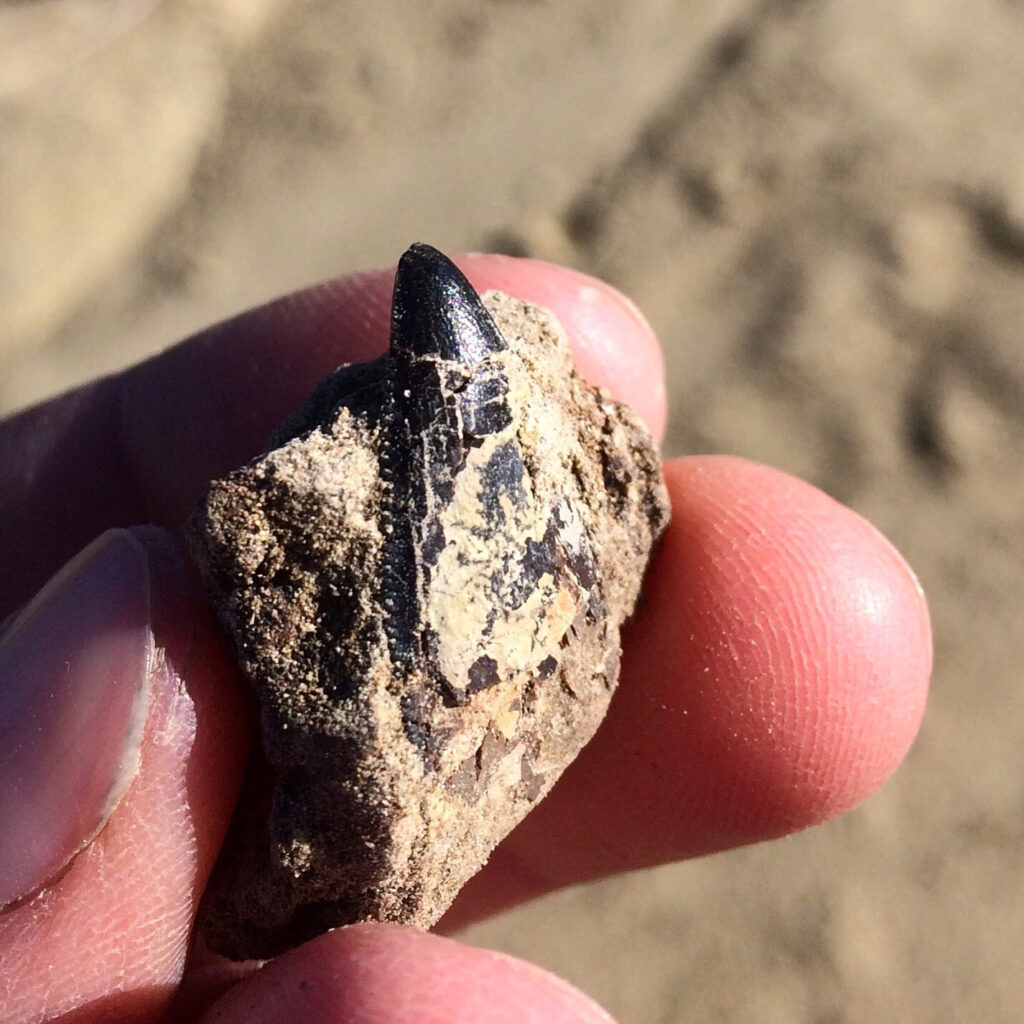
The Japanese raptor tooth has been described by some researchers as representing a “missing link” in our understanding of dromaeosaurid evolution, though this terminology requires careful qualification. Rather than constituting a direct evolutionary intermediate in the strict sense, the tooth represents a previously unknown branch of the raptor family tree that helps fill critical gaps in our knowledge. It exhibits a mosaic of primitive and derived characteristics that illuminate the sequence and timing of evolutionary changes in raptor dentition. The combination of features seen in this specimen suggests that transitions between earlier and later raptor forms occurred earlier and in different geographic locations than previously recognized. This perspective highlights how the tooth serves as a connection point between previously separate branches of raptor evolution, helping scientists construct a more complete and accurate evolutionary narrative for these fascinating dinosaurs.
Implications for Future Paleontological Research

The revolutionary impact of the Japanese tooth discovery has profound implications for how paleontological research will be conducted in the future. It demonstrates the extraordinary scientific value of even isolated, fragmentary specimens when subjected to comprehensive, multidisciplinary analysis. This realization has encouraged paleontologists worldwide to revisit museum collections of isolated teeth and bone fragments that may have been previously overlooked or undervalued. The discovery has also heightened interest in regions like Japan that were historically considered peripheral to major dinosaur evolutionary developments. Researchers are now applying similar analytical techniques to other isolated specimens, seeking additional breakthrough insights that might be hiding in plain sight. Perhaps most importantly, the tooth discovery emphasizes the provisional nature of scientific knowledge, reminding us that established theories remain open to revision when new evidence emerges, even evidence as seemingly modest as a single fossilized tooth.
Conclusion

The remarkable story of how a single raptor tooth from Japan transformed our understanding of dinosaur evolution serves as a powerful reminder of science’s dynamic nature. This tiny fossil—measuring just millimeters in length—challenged long-established theories about raptor origins, geographic distribution, and evolutionary timelines. It highlighted Asia’s crucial role in raptor diversification, questioned the North American origin hypothesis, and revealed complex patterns of migration across the fragmenting supercontinent Pangaea. The tooth’s significance also demonstrates how modern technological approaches to paleontology can extract extraordinary amounts of information from even the most fragmentary remains. As we continue excavating Earth’s prehistoric past, we must remain open to how even the smallest discoveries can fundamentally reshape our understanding of life’s evolutionary journey.


